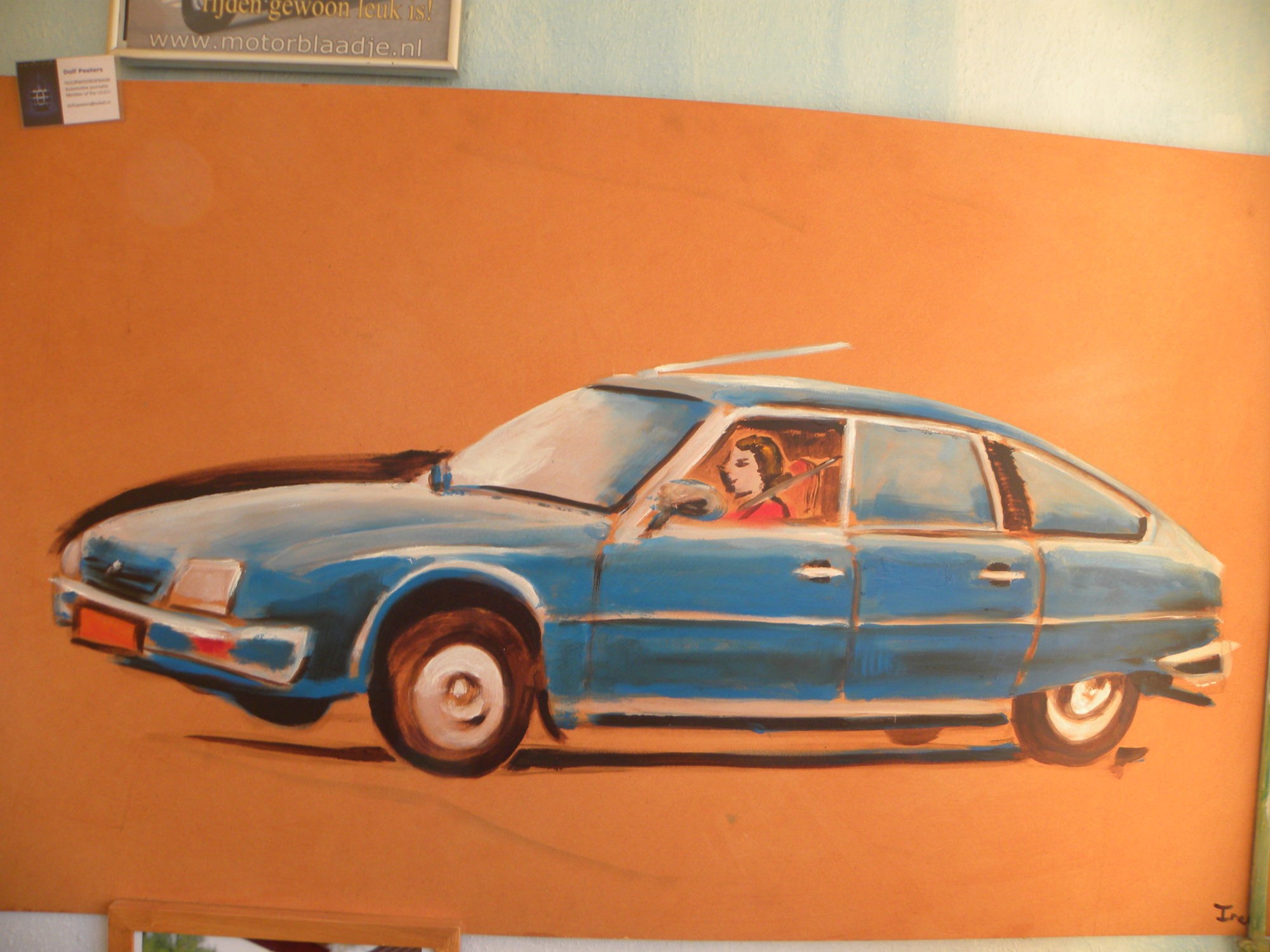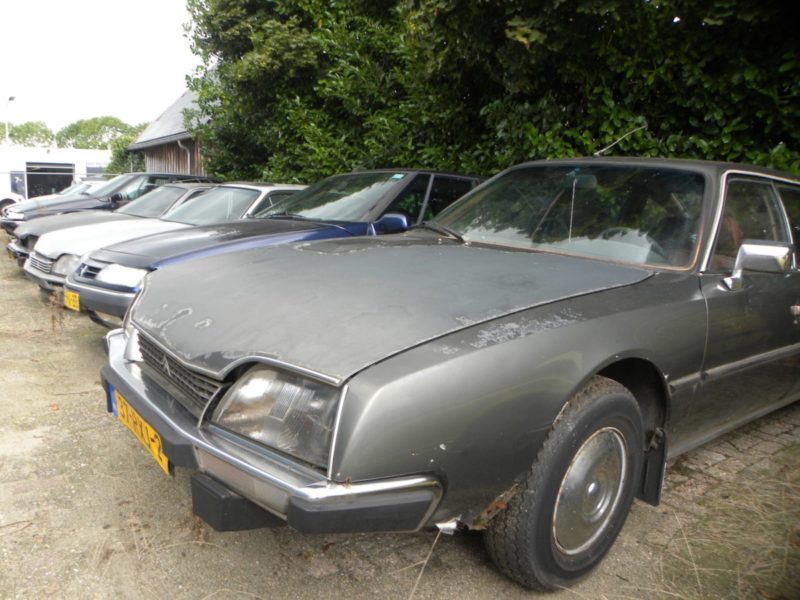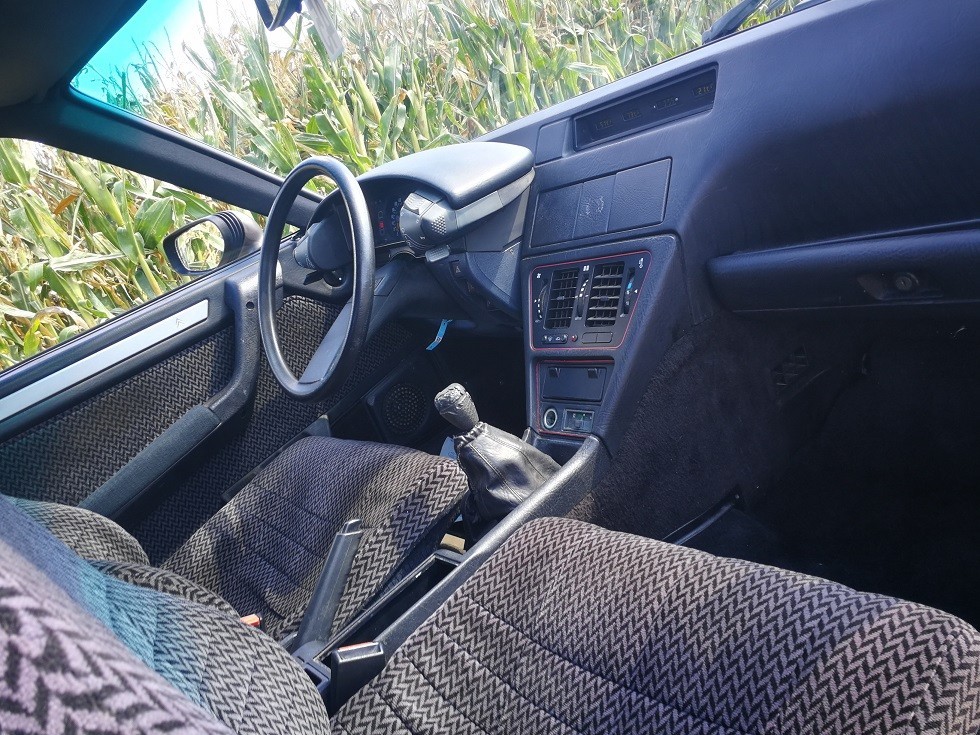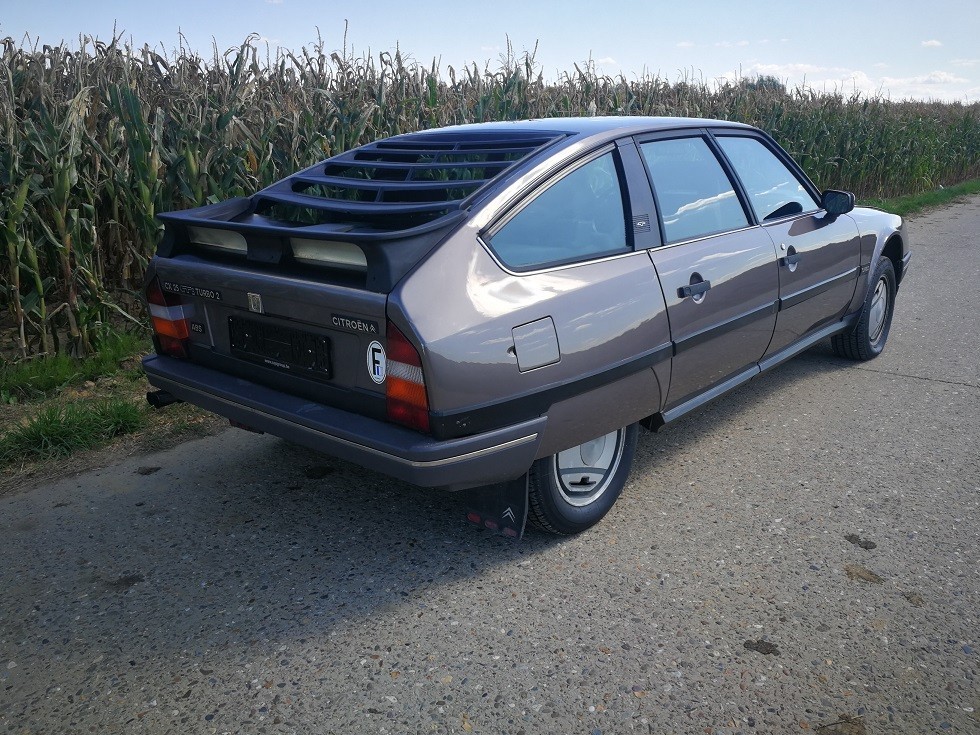Recovery: That was a BX advertisement: BX, he doesn't like the garage. A lot of silly jokes were made about that, by the way. The Citroën CX is a different story. He loves garages, a CX glorifies with good and regular maintenance. But a good, well-maintained CX? That is the best car in the world. According to a well-known proud owner. And who are we to doubt that?
And someone who goes on budget for what Citroën CX then also to buy? He has a good chance of running down on his purchase.
Possibly interesting: Citroën BX (1982-1994). Hydraulique for a good price
The son of an acquaintance had bought such a CX
For only € 3.000. When he bought his to one CitroënHe was called by a specialist to 'check it out'. There was about € 3.000 in it to get the CX back in good, not perfect. And that while it seemed such a cool car. And that is a thing of the Citroën CX: Many CXs with serious rust problems still look very nice optically. The appearance certainly does not say everything. Incidentally, it is not all the neglect of the CXsen:
The 'hydrauliques' of Citroën are great cars
All of them. But in all their stubbornness, they are French cars with quite complicated technology. Although that technique is not electronic. But it is more maintenance-friendly than the average Toyota or Opel at the time. And the last Citroën CX already left the band twenty-nine years ago. The keyword for 'les Hydrauliqies' with their unique spring and braking system? That is careful use and maintenance.
Possibly interesting: 50 years Citroën GS. State-of-the-art and non-competitive middle class
Before the Citroën CX one became a popular classic, it was just an 'old car' for a while
That was the time when the umpteenth young owner no longer invested in maintenance, but only drove around in his Big Car. Preferably with the thickest possible and sloppy connected audio system. Traces of a lot of messing around with, for example, AMP plugs, bridge clamps and even crown stones are just as many 'red flags': Identification of wiring using the original electricity scheme is so much more difficult, which can greatly hinder troubleshooting. Working on one Citroën CX can also be a time consuming job. The key to a good CX is therefore correctly performed preventive maintenance. This is 'not immediately necessary', but still labor-intensive, and for these reasons is often not done.
On birthdays there is always one not Citroën who knows how to tell horror stories about the hydraulics
With those stories you would almost forget that Citroën CXs can rust very enthusiastically. Rust formation in hollow spaces adjacent to the interior is greatly exacerbated by air conditioning (condensation). Among other things, the footrest for the front seats is notorious. Further pain points are the bottom (including weld seam for the front seats), beams / side members, subframes, the battery room, sills under doors (Série1: especially Pallas and Prestige behind the chrome cover plates, Série2: behind the plastic cover caps). Therefore set the Citroën CX before purchasing, always first on a bridge and use a worn screwdriver to definitely pierce your tectyl. A fresh shiny black bottom without a serious bill for a good anti-rust treatment is no proof of quality. It can be a part of the plot to the Citroën CX to look healthy. Check the welds in particular. Sliding roofs can be a source of rust and flooding, rear of the roof in Break and Familiale (rust from inside on weld seam, caused by condensation). Furthermore, the condition of the hydraulic lines is of course very important: they must not be seriously rusted. Replacement can be very labor-intensive, and therefore costly.
But a good one Citroën CX is a car with which many enthusiasts can easily set 10.000+ kilometers per year on the clock. And that year after year.
More for Citroënlovers ...
Ex company cars. A risky purchase












It was no secret that French cars could rust, like many German and Italian fellow sufferers.
The fact that French and Italian cars in particular have done a lot to prevent rust since then is often forgotten; ever a rusting Fiat or Citroën seen after 1990 ??
Mercedes can learn another lesson there ..
CXs are great cars, yes; maintenance is expected, but then you have a dyke of a limousine.
Whether you have a simple carb model or an injection version, consumption is almost the same. 1 in 10 ~ 11.
Of course the French are not always rust-resistant, sometimes it is also the origin.
in my Peugeot time I had 4 Peugeot 504, from GL to Ti automatic.
2 were quite OK, but 1 was assembled in Spain in 1978.
Those were car disasters, one was ever degreasing (new cars were still in the paraffin when they came to the dealer) and the light blue metallic color changed to metal gray, the paint just dissolved.
Very often it is also the contact surfaces between decorative trims and metal that gives rust to the 504, at the bottom of the front screens, around the decorative trims around the rear registration plate and the window trims. In terms of soil, there were never any problems.
But who did not see a Ford or Opel in the 70s / 80s with rotten wheel arch edges or rotten around the headlights, and who did not sit as a co-driver in the Escort around 1988 with the battery on their lap.
Now drives a 1998 XJ, also rusts with conviction.
Is of course from an era that also includes many other brands (Fiat Alfa Opel Saab ) seriously rusted.